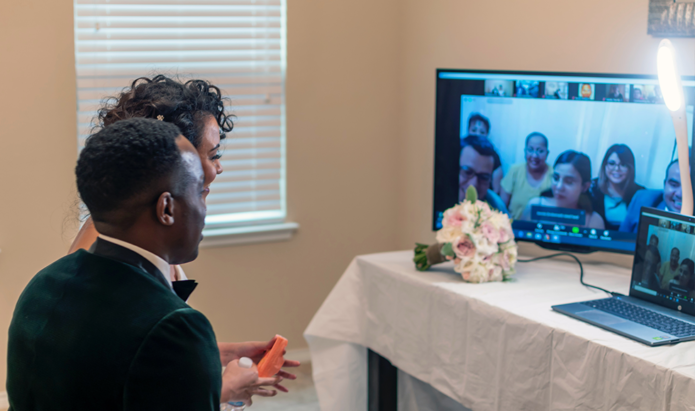While the world inches closer to the crest of its uphill battle of conquering Covid-19, I am just amazed by how we are surrounded by stories of how technology is coming to the rescue by solving real-world problems right now in fantastic new ways. True, these are also times of great trepidation as we worry our privacy and personal data. What is undeniable though is that there has been a shift in attitude as to what is acceptable in terms of digital adoption etiquette during these trying times and a new normal is emerging.
Covid-19 has painted a stark picture of a world divided. Those who have access to technology and a livelihood because of this and those who do not. The fact of the scale on which people are making a living working from home because of their access to computing in some capacity or the other is remarkable. There has never been such a demand on our digital infrastructure, need for the right digital remote working tools or the right digital talent for that matter. The grim reality is that if you don’t have a career during this crisis that can’t be converted into a purely digital workflow, you are probably unlikely to be able to work from home. Sure there are different alternative ways you might do so, such as sitting at home pulling out your sewing machine and stitching masks. Which is an amazing way to help. But not everyone has a sewing machine which is a piece of specialised tech too. What is more, getting your masks into the hands of those who need it is probably enabled by some tech or the other. Yet for those in service roles and daily labour jobs suddenly to make a living boils down to skills and access to the right technology to be able to carry on working remotely. Such is the testament of how one teeny virus can rewrite the rules of humanity.
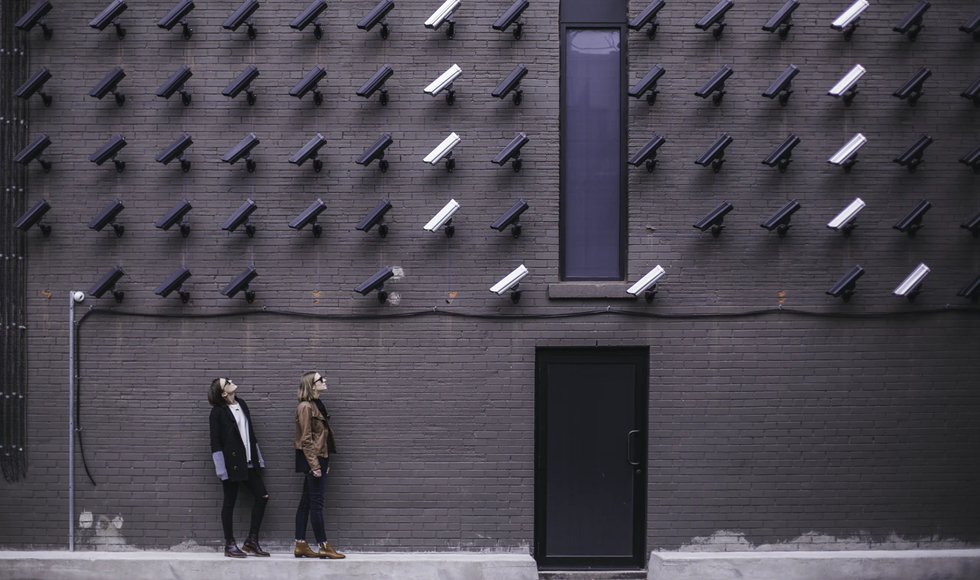
The rise of real-time tracking
There is nary a spy or techno-thriller these days on the tele where you haven’t seen them. You probably walk past clusters of them whether on the way to work or at the mall, they dot our landscape and till date we have become so accustomed to them that we rarely think twice about them. Security cameras. Today we are waking up to the fact that there’s no ignoring the ability of how Big Brother governments can track our movements in real-time using AI, facial recognition and a network of cameras. Covid-19 has brought into wider adoption thermal imaging cameras and computer terminals as the first line of defence in airports, malls and workplaces to identify people with slightly elevated temperatures. People just need to walk past these cameras and their temperatures are recorded in a workstation. We are becoming blind to these as they become the new normal.. What’s more AI and thermal sensors can track multiple moving subjects and highlight or colour code people based on their temperatures. Some airports are experimenting with helmet mounted thermal cameras to offer mobile patrolling and analysis of passengers all in the blink of the eye.
Facial recognition is nothing new. It was once a novel feature touted by camera and phone manufacturers and even social networks. These days the technology is taken for granted. AI has made facial recognition and object detection much easier. It is a well-known fact that even before the crisis, the Chinese facial recognition software was already able to identify people by their face and match them to their national ID and social networks in real-time. A system put to use in their anti-jaywalk street crossing cameras. What’s more there was existing synergy between systems, such as the ability to have fines automatically deducted from their WeChat wallets in real time by the time they had crossed the road.
Perhaps the pinnacle of real-time tracking was an example I came across reported by the BBC recently. A reporter was covering stories of how the Russian government surveillance system can keep track of people movements through their mobile phones for home quarantine purposes. One such individual broke quarantine to step out of their flat to throwaway their garbage, which triggered an alarm and had the police at his doorstep. Let’s dwell on this, when just a little while ago (and even sometimes today), Google maps can’t accurately place you in your home. But what is probably the most impressive is South Korea’s Covid-19 Smart Management System that combines your credit / debit card spending, phone location and data from 28 public and private organizations including police, medical data and more to track a person’s entire travel movement history in under ten minutes. This is achieved through what some say is invasive surveillance, that the country has been able to flatten its curve in two months is a testament to the fact that it does work in such a crisis.
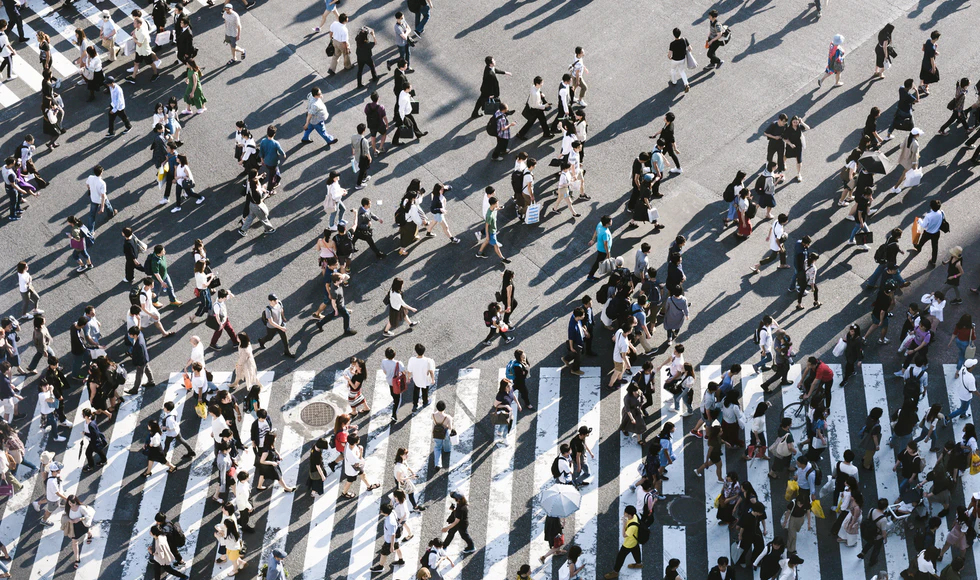
The evolution of Contact Tracing
Another aspect to tracking people movement during this Covid crisis is the rise of contact tracing apps. The key difference for these apps are that they aim to protect the user’s actual geographic location with anonymity. The purpose of such apps is to create a temporary repository of a person’s movements and their intersections with other people. Contact tracing manually is difficult because nobody can accurately remember an entire list of every person that they may have met over the last 14 days (the incubation period for this virus). Even for the most diligent of us who jot everything down in a diary every day. The idea is that users can use this app if needed to alert people retrospectively if they have come in contact with a known Covid-19 infected individual.
Apple and Google are leading this charge with its first of its kind collaboration to create an app that’s touted to keep user anonymity at its core. Using Bluetooth, the key idea behind being keeping data temporarily (based on the incubation period of the virus) and anonymising the user’s unique IDs. Now most of us of a certain age remember that once upon a time keeping your Bluetooth on was considered insecure. Today with a rise in connected devices like smartwatches and fitness trackers we are forced to keep Bluetooth on. But this also means contact tracing works well for countries with high smartphone penetration. Not in places that use feature phones.
Countries like Australia, China, Singapore, Czech Republic, Germany, Ghana, Israel, India, Norway and North Macedonia have all developed their own versions of these apps. Some such as Singapore even offering up the code as open source. The question is who would users trust more? A corporate or their national governments, with their private location data. Time will tell. It’s likely that the government already has access to this in some cases.
You can guarantee that once this genie is out of the bottle, it’s highly likely to be used again in the future, modified for other applications. There are already established apps like Happn built around location-based dating. It wouldn’t surprise me if contact tracing technology will simplify hyper localised marketing in the future. It’s just a matter of reimagining new use cases for this tech.
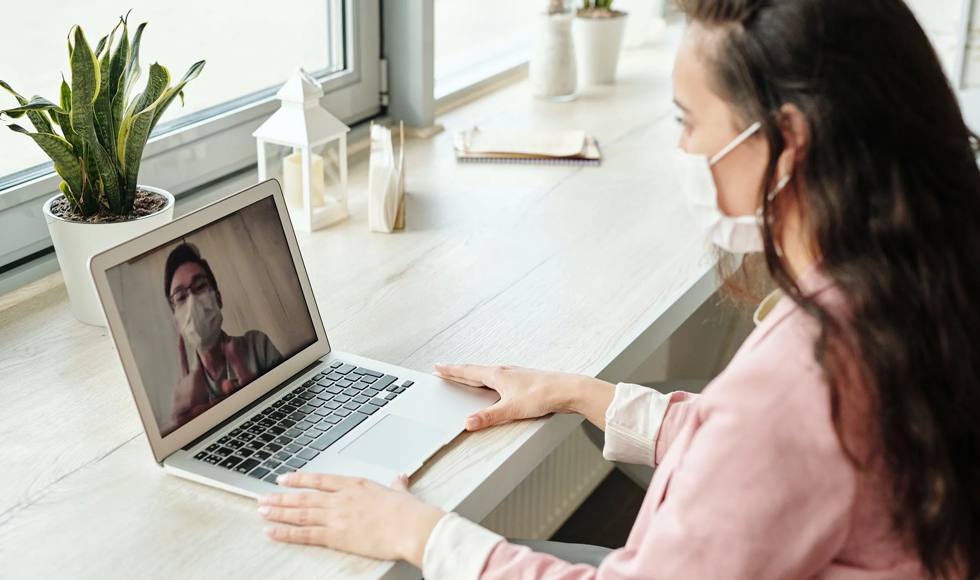
WFH collaboration
WFH. This crisis has brought with it a new three letter abbreviation for Work From Home. Once thought to be an ideal to be chased for, the reality turns out is quite different. In the early days of the crisis several tech companies like Microsoft decided to offer their team collaboration software for free for a month. Since then one of the fastest growing collaboration software talked about has been Zoom. A videoconferencing software that is easy to use and is known for operating well with lower bandwidth requirements. Unfortunately, it was soon in the news when miscreants decided to hack zoom meetings, which turned out not to be so secure after all if the necessary settings were not in place. One notable case in Singapore was where a school’s virtual classroom was hacked into with the hackers posting lewd comments to a class of children. This has been just one of the stories. But the overnight popularity of the platform is undeniable. Even Facebook who has been long wanting to roll out its virtual reality meeting spaces sat up and decided to jump onto the bandwagon with its own Zoom clone while upping the number of participants.
But what is the real testament to this tech adoption is the fact that sharing your zoom meeting screenshot on social media became a trend. Ikea was quick to capitalise on this with offering their own themed image backdrops that you could download. I’ve even seen ones which make it look like you are sitting in the Millenium Falcon or piloting a spaceship through a fantastic journey among what looks like Coronoa virus blobs. It has also seen some unique non-business collaborations. We’ve seen singers of all genres and even orchestras come together using this teleconferencing tech boom to collaborate in new ways for their fans and to raise funds for Covid-19 charities. Even on individual levels celebrities are now providing us with sneak peeks more regularly into their lives at a more regular basis. Zoom videos of opposition politicians have made it online. There are also stories of people getting married over Zoom. Perhaps the best sign that something becomes the new normal is when there are countless number of people who are making parodies of it all over the internet.
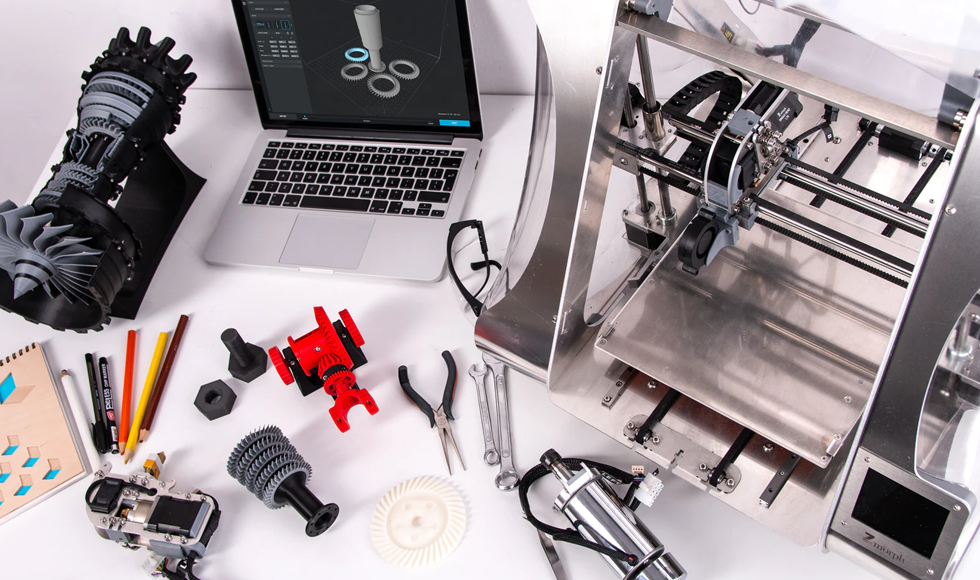
It’s all not just software either
There are other interesting technology stories to be told during the Covid times. 3D printing is coming to the fore, whether it is the story of the 12-year-old Canadian boy scout who created mask ear guards for local hospitals and released the design to the world. Or that of African entrepreneurs making use of this technology to build parts for jerry-rigged ventilators. What’s remarkable I think is the evident penetration of this technology at home.
It doesn’t stop there. There are stories of automated robots delivering goods, a pilot by a startup in Colombia.Vending machines configured to delivery face-masks. Ideas and services that are essential, when more than half the world is behind doors in lockdown and unable to step out to get their essential supplies of groceries and medicines. The international news is filled with stories of police around the world using drones to patrol neighbourhoods and identify people who are violating lockdowns. Even though the best of commercially available drones have a bit over half an hour of flight times, the image it paints in the population’s eye is what I think this news coverage was for.
And don’t forget that the technology juggernaut doesn’t stop. Product development is usually done years in advance so the roll out of a new product needs to happen on schedule like clockwork. There would just be too many new products and not many takers if it all snowballed into a stockpile. Which is why companies like Apple are still rolling out their new tech whether it is new iPad Pro models, cheaper iPhones or slightly updated Macbook Pros. There is a network of tech influencers out there who are reviewing these new gadgets in lockdown as we speak to largely captive audiences. Will people splurge on tech post lockdown? Probably not. But they will be spoiled for choice.
Are we headed into a tech renaissance?
I am sure when this all blows over there will be countless other undocumented stories of how technology has helped that hits the news. Whether how it’s been behind some of the amazing feats of architecting makeshift hospitals in record time either in China or the NHS Nightingale in the UK. Or extraordinary stories like how Formula One Teams and Ventilator manufacturers collaborated together to be able to rapidly design and produce new ventilators for the NHS. Never before has there been a time when technology has given mankind an adrenaline shot in such a short span for a better future.



